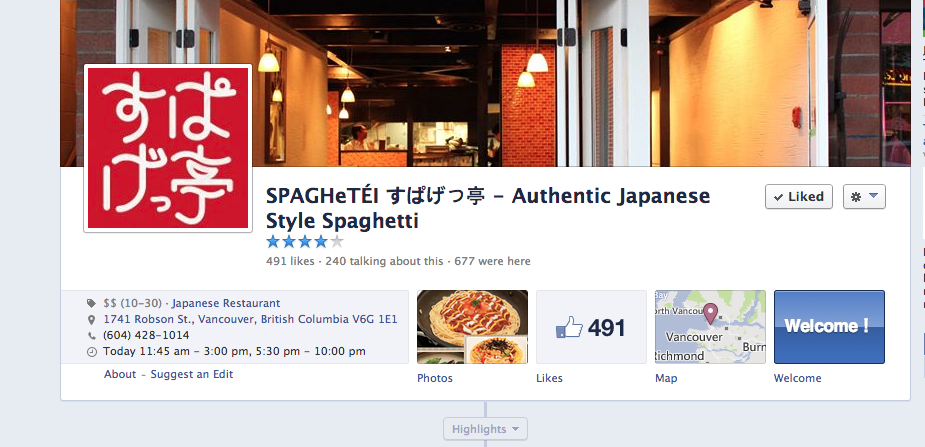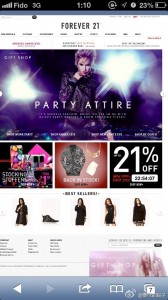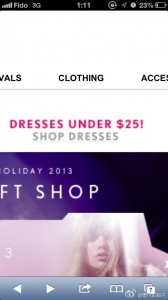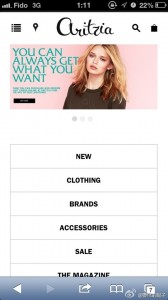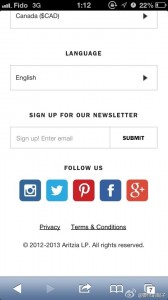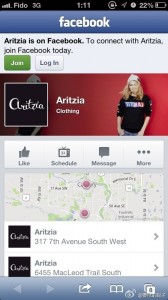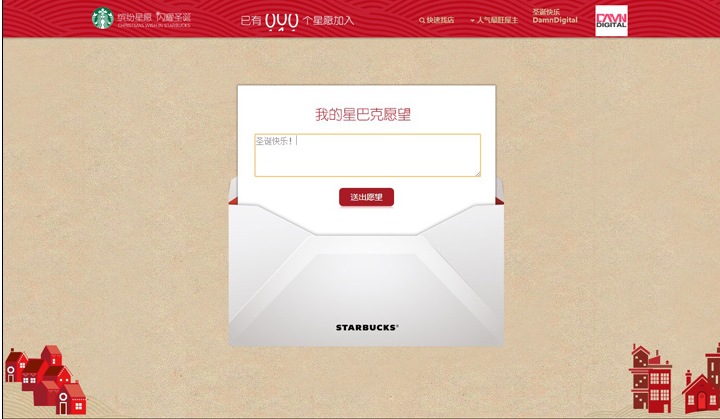Coca cola let you design your very own ugly Xmas sweater this year! Coke Zero is hoping that you won’t just keep your hideous creations to yourself but will also share them over social media, trotting out your ugly sweater to get some votes. For the next two weeks, consumers have the opportunity to create the ultimate in tacky winter wear on the site. They have an array of colours, patterns and graphics to choose from — everything from musical notes to reindeer to abominable snowmen.
Participants are strongly encouraged to get the word out because the 100 sweaters with the most votes, come Dec. 1, will be handcrafted and sent to their creators in time for the holiday. You will have to connect with your email account or Facebook/Twitter account to be ale to submit a design or vote on a design.
Coca cola is by all means the leading company when it comes to marketing and I think this time this new campaign follows on from Coke’s previous brand marketing efforts. Coca cola always trying very hard to connect the brand with consumer and communicate the core value of the brand through marketing projects. It remind me of another marketing project they had earlier this year call the Wearable Movie.
Both times consumer gets the joy of customizing the garment themselves, sitting well with the brand’s ideas of fun, enjoyment and participation – all of which have been a keen focus of all marketing campaigns such as “share a can”. These exciting projects really get the customers engaged with the brand and spread the words by actively participating the activities by linking their social media accounts. Meanwhile, people are really enjoy the process therefore their feedbacks are mostly positive and helping Coca Cola building a positive brand image.
Sources:
https://www.sweatergenerator.com/#/main/landing
https://www.sweatergenerator.com/#/about
https://www.sweatergenerator.com/#/gallery




